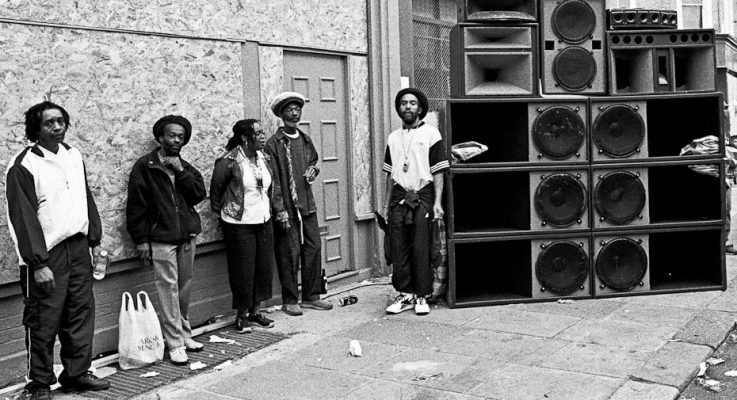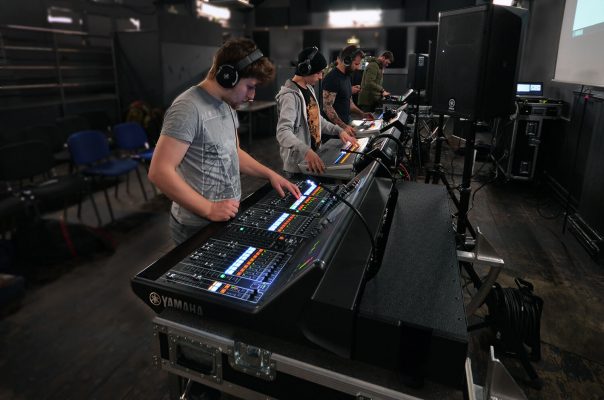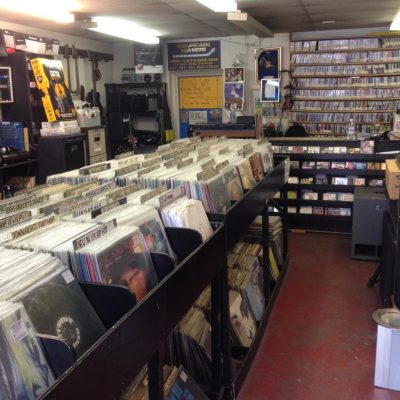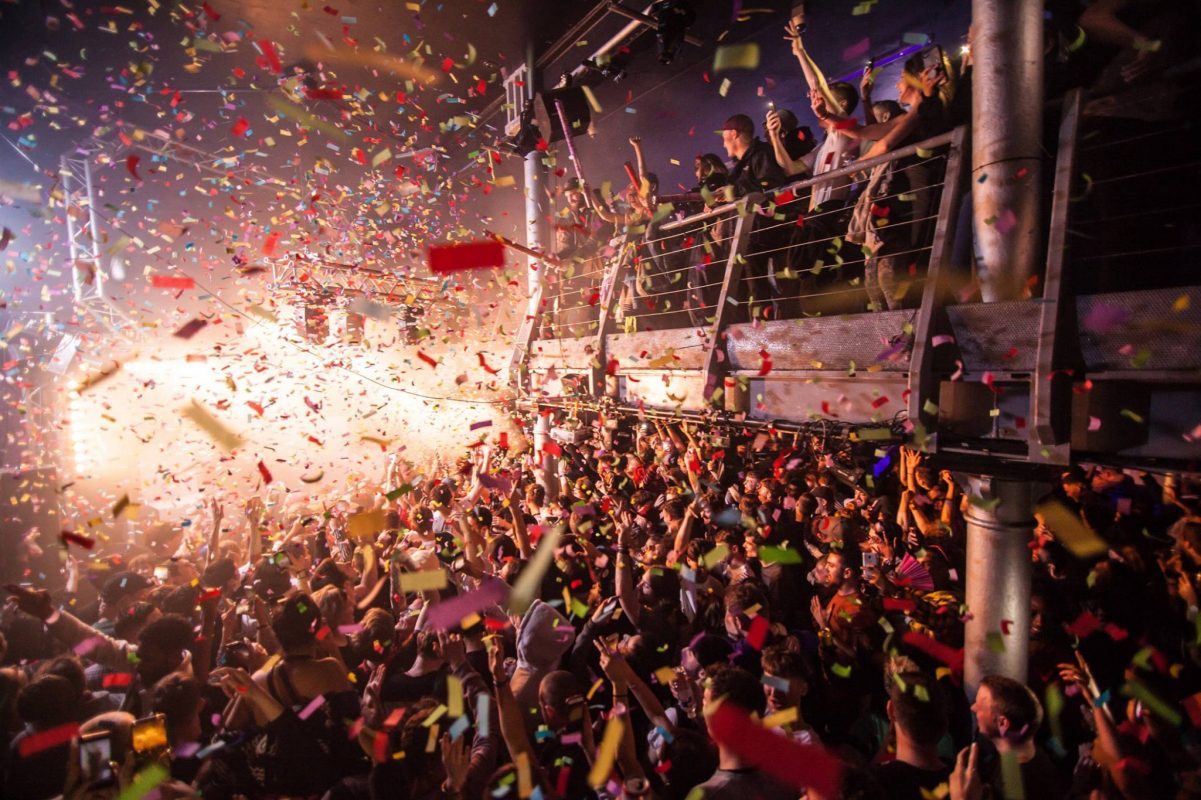Drum and Bass Culture, Drum & Bass, Introspective
Bristol Drum And Bass: A DNB Powerhouse
Bristol drum and bass. There’s nothing quite like it.
In fact very few cities in the U.K. have had as much of an impact on the jungle and drum and bass scene as Bristol. That’s right, not even London has had the same influence on the scene, despite being where most of the major players within the industry are currently located.
So how is it that Bristol drum and bass has remained a powerful influence on the sound and direction of dnb? Even today, Bristol is considered the go-to place for creativity and consistently delivers a unique sound that drives the scene forward. For over 30 years’ now, Bristol has been at the epicentre of rave music and culture, but this was not by accident. Such major influence over a huge part of British culture doesn’t just happen.
With a population of just under 500,000 it’s the largest city in the south west of England but only the 10th largest in the whole of the U.K. Historically, Bristol was never a centre for arts and culture. Built on the river Avon, it was a wealthy port city that grew on trade and industrial production. It was renowned for its shipbuilding and shipping sectors primarily.
During the second world war, Bristol was targeted by the Germans in an attempt to curb British shipping and warship development, such was the importance to the war effort that Bristol brought. There was nothing remotely cultural or arts about Bristol at this point, so what changed?
The Windrush Generation and Sound System Culture
In 1948 the first of the Windrush generation came to the British isles. You’ll have to forgive the brief history lesson at this point but it’s critical to understand how Britain’s history played a part in the development of the scene we know and love today.
Between 1948 to 1970 almost half a million people came to Britain from places like the West Indies and the Caribbean. Britain was facing a shortage in the workforce and these immigrants were welcomed in to help rebuild.
Along with it they brought their culture, music and style. Bristol was one of the cities that a lot of people landed in, because of the ports. It would seem that Bristol’s shipping heritage would play a part in the development of Bristol drum and bass after all!

Bristol had a large Caribbean population who largely settled in the St Pauls area and were busy instilling themselves in the workforce and culture of the U.K. However, the one thing they liked to do was listen to reggae music from their home country and party on the streets. It’s no surprise that St Pauls carnival is a huge event in the local calendar. So much so that people come from all over the country to take part.
We are all aware of the sound system influence that drum and bass has and this is one of the places where it all started from. Legendary sound systems of the day such as Enterprise Imperial Hi-Fi and Froggy’s Excalibur were ever present at clubs and in open air spaces where records would be played and tunes blazed out. Bristol was well and truly infected with the bass fever.
It is said that Bristol is driven by bass. The reason for it is these legendary sound systems and the community that was built from the widest reaching parts of the empire.
City Size Makes Bristol Drum And Bass
Let’s not pretend that the Windrush generation didn’t affect and influence music everywhere in the U.K. Sound system culture wasn’t apparent only in the south west. Reggae is famously influential in British music up and down the country. Indeed, many more thousands of people went to large port cities in the U.K.; Manchester, Newcastle, Liverpool and London to name a few. So, how is it that Bristol drum and bass is the dominant and prevalent sound within the scene?
As we already said, Bristol isn’t the largest of cities. Being a large city in the countryside, people naturally would gravitate towards it. If you’ve ever been to Somerset and the surrounding counties, you’ll know there isn’t a lot going on there. Everyone knows everyone and generations of families live within a few miles of each other. There’s always a very tight-knit community in that area of the world and it was the same in Bristol.

The club and live music scene enabled artists and the general public to interact with each other. It was always a very local vibe and feel to the community. Artists would go to shows put on by other artists and be able to speak with them at the end of the show. Collaboration was, and still is, rife within the city as everyone is bumping into everyone else all the time. Everyone knows each other. The beautiful thing about artists collaborating and meeting each other regularly, is that it breeds creativity and more importantly, competition.
Artists want to produce something that is exciting which spurs on their fellow performers. The speed at which Bristol drum and bass evolved was frightening. There has potentially not been a place in the U.K that can boast as many past legends and current heavy hitters as Bristol. Just check out this list below:
Bad Company
Roni Size
DJ Die
DJ Krust
Danny Byrd
Cridge
Koan Sound
Kosheen
Clipz
Mako
T.C.
My Nu Leng
Suv
Dazee
Ben Soundscape
D*Minds
Bryan Gee (Alright he’s from Gloucester, but would spend a great deal of his time in Bristol, so we’re going to count him)
This is not to mention the other musical acts that have come out of Bristol, such as Massive Attack and Portishead. There is a plethora of world famous talent that has at some point come out of Bristol. Dillinja famously said, ‘ There’s something in the water in Bristol.” Clearly he’s right.
Bristol is so influential within the drum and bass scene that you are getting big name artists moving there so they can be closer to the Bristol drum and bass sound. In the past few years alone, Fred V & Grafix, Kyrist and Sam Bing have all relocated there so that they can be closer to the vibe.
Success Breeds Success
Bristol is now a place synonymous with music production. Not just in drum and bass and electronic music, but with all of the arts. Bristol University is widely recognised as one of the top musical universities in the country. There are also a huge number of highly respected musical schools, programmes and education centres in the city itself.
There are even prestigious conservatoires located in Bristol where on the top of the classical musical world crop are invited to study.
Successful act after successful act has driven the city to create an environment of creativity and more importantly, to teach the creative process in a variety of ways.

Subsequently, this led to a culture of label ownership. There are a lot of independently owned labels from Bristol that have heavily influenced and continue to influence the drum and bass scene. The labels that started it all were Full Cycle and Ruffneck Ting. These labels were run by crews consisting of Roni Size, Krust, Suv, Die, Substance, Decoder, Dazee and Knowledge Magazine founder Colin Steven.
Record labels such as Run Tings and Sofa Sound are driving the scene forwards and even Full Cycle and Ruffneck Ting are back in full swing delivering killer tunes. The former labels aren’t really considered the heavy hitters of the drum and bass label world, but are consistently matching the big boys for quality of output, such is the quality of production of Bristol drum and bass.
After Kosheen and Reprazent cleaned up the MOBO’s in the 90’s, it was clear that you didn’t need loads of money from a big, corporate label to make an impact. Artists from the Bristol drum and bass scene suddenly realised they could make it by themselves; all they needed to do was to believe in themselves. The community is and always was there to succeed.
Bristol Drum and Bass Record Shops
 You can’t talk about the success of Bristol drum and bass without talking about the record shops. It goes without saying that the more of something produced somewhere, the more likely you are to find places selling it.
You can’t talk about the success of Bristol drum and bass without talking about the record shops. It goes without saying that the more of something produced somewhere, the more likely you are to find places selling it.
Record stores in Bristol suddenly started selling huge volumes of Bristol drum and bass on vinyl. So much was being produced that across the city’s record stores, you could find different types of drum and bass from all different types of producers. It was easy to go one from one place to another and not see much of the same music.
Subsequently, this is where the city size point comes back into play. Artists would meet each other regularly in these shops. No one was too big to be unapproachable. It was and is still a very local scene.
With around 20 record stores still in operation in the city centre, it’s clear to see that the demand is still there for vinyl, as well as the production of music to fill it.
The Drum and Bass Community
We’ve already stated that Bristol is a small enough place for people to regularly bump into each other. The success of the Bristol drum and bass scene is in part due to this. No other city has had the same kind of influence because they are simply too large, too spread out with so many venues for people to go to. Bristol has just enough people to diversify musical creativity, but small enough to ensure they all mix regularly.
Surprisingly, there is not a lot of rivalry within the Bristol drum and bass scene. The community prides itself on being supportive and welcoming. There is a different attitude to music production and performance in Bristol. Artists are encouraged to experiment with their sound and audiences are accepting of the diversity of sound created. There is a lack of pressure to be cool and an encouragement to be passionate about what you’re creating.
As a result, artists will be helpful and offer advice, rather than criticise. Part of this is because a lot of artists who grew up in Bristol most likely have had some formal music training, either in college, university or one of the many music training academies. The culture is of support, encouragement and experimentation.
In a world of formalisation and commercialisation of drum and bass, Bristol still seems to be staying true to its roots of community.
Bristol Drum and Bass Venues
We aren’t sure, but Bristol probably has the largest density of dedicated rave venues of any city, anywhere in the U.K. Not only does it have a large variety of places to hear drum and bass, it has some of the most respected venues in the country where the cream of the drum and bass world will regularly play.
Motion, Lakota, The Black Swan and Blue Mountain are amongst those heady venues, however places such as Thekla, The Crofters Rights, Jam Jar, Old Market, The Attic Bar, The Love Inn and of course, the O2 Academy are all places where drum and bass can be regularly heard.
These venues are melting pots for up and coming dj’s and heavy hitters alike. The sheer volume of venues drives demand for artists to play there. Such ready access to sound systems, artists and music means that people feel it is accessible for them to get on stage and share with their fellow ravers. Afterall, success breeds success.
Sadly, a number of venues in Bristol are under threat. Venues that have been part of the Bristol drum and bass scene for a long time. The gentrification of areas of Bristol means that these venues are being forced to close and creative outlets stifled.
Hopefully this will simply see drum and bass move to new venues.

Not Slowing Down
For over 30 years, Bristol has been connected to the rave and drum and bass scene. There is no sign that it is slowing down, especially with big name artists moving there and large events regularly taking place to showcase established and new talent.
If anything, it seems as though things are speeding up with Bristol drum and bass. Big name artists come with big name labels, and with it the clout they carry. It is highly likely that drum and bass will become supercharged with the additional influx of professionalism and commercialisation.
Bristol drum and bass is a powerhouse. There has never been anything like it, any place that has done more for the genre and pushed it forwards.
Like the articles we write? Why not share it on your social channels?
Make sure you checkout our podcast too.

